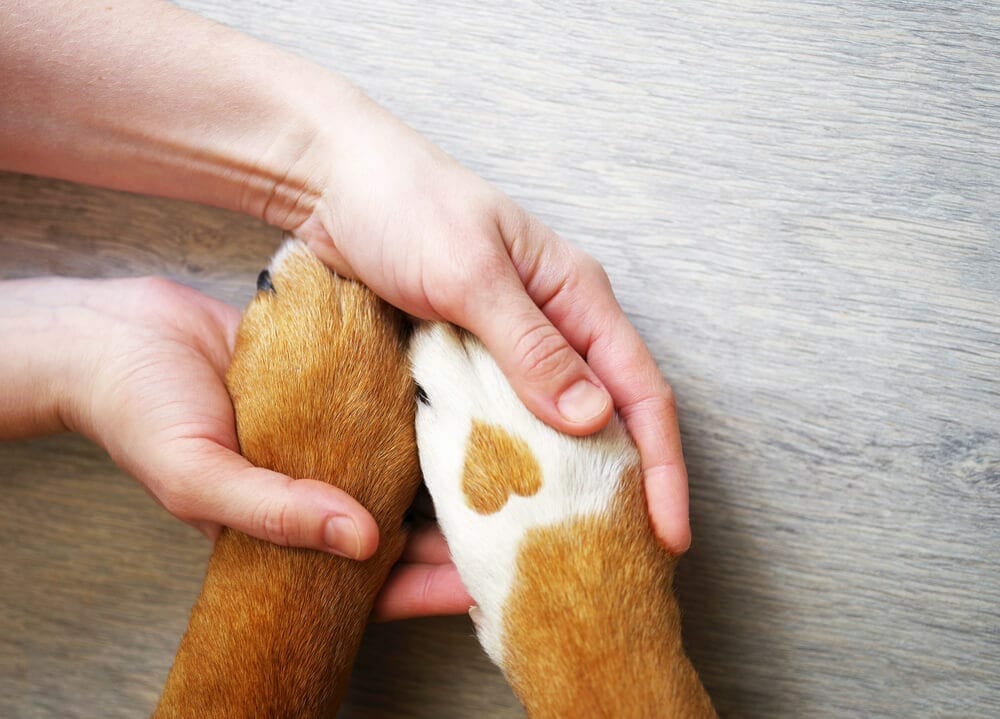Pet Insurance vs Private Health Cover
PIA Australia
November 2, 2017
According to new research, Pet Insurance is becoming as important as Private Health Cover.
“This comes as no surprise as the need for top quality veterinary treatments become available to our companion animals,” Nadia Crighton from Pet Insurance Australia says. “Conditions that were once untreatable are now being readily managed and cured due to the improvements in veterinary care and specialist treatments.”
The survey of an independent, nationally representative panel of 1000 Australian pet owners was commissioned by leading insurance comparison service comparethemarket.com.au to gauge how much Aussies are willing to spend on their pet’s health.
The figures indicate that one in two pet owners would insure their pets and would spend upwards of $1000 or more on the health of their pet. The survey also revealed that 12 percent of pet owners would spend more than $10,000 on medical costs.
“Unfortunately, unlike the human world, veterinary care is not subsidised by the government,” Nadia says. “So, 100% of the cost falls on the owner, and when you are seeking such specialised treatment for life-threatening illness or injury, the cost can be quite substantial.”
So how does pet insurance help with all of this?
“You can claim up to 80% of eligible vet costs. This means on a high-end procedure such as a complex fracture or foreign body ingestion complication you could be reimbursed as much as $10,000 on a vet bill of $12,500,” Nadia says.
As always, ensure you have read your product disclosure statement (PDS), understand your policy inclusions and exclusions, and be aware of your obligations to disclose any pre-existing conditions.
“While many Australians may be dropping their health cover, the number of Aussies insuring their pet’s health is increasing,” Comparethemarket.com.au spokesperson Abigail Koch said. “Since 2013, the number of households with pet insurance for their dog has increased from 18 percent to 26 percent and the number of households with pet insurance for their cat also increased from 12 percent to 18 percent.”
Approx Cost of Top Claims
Gastric Dilation – $1,500 – $8,500
Elbow Dysplasia – $1,200 – $4,500
Peritonitis – $1,000 – $7,000
Cataract – $1,000 – $8,000
Intervertebral disc – $1,000 – $10,000
Cruciate ligament – $1,000 – $7,000
Gallbladder – $1,000 – $10,000
Adenocarcinoma Pulmonary (lung) -$1,000 – $5,000
Envenomation – $1,000 – $4,000
Foreign body – $1,000 – $12,000
“Understanding that these figures give you a rough guide of how much these illness or injuries could cost the average pet owner,” Crigthon says. “With adequate pet insurance, you could save up to 80% on these costs, depending on the type of cover, caps and pre-existing conditions.”

8 Comment